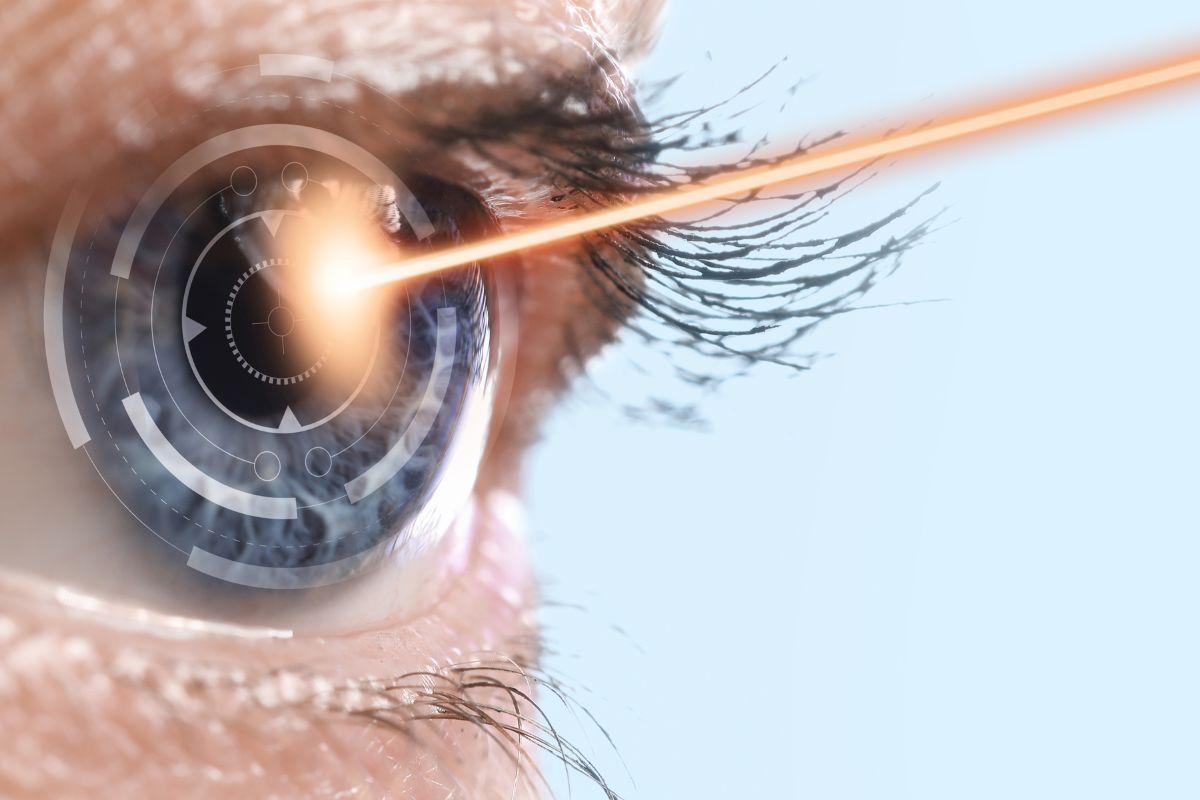Being told you have high eye pressure or glaucoma can understandably be concerning. Many people worry about losing vision or needing lifelong medication. The reassuring news is that modern laser treatments, such as Selective Laser Trabeculoplasty (SLT) and Argon Laser Trabeculoplasty (ALT), offer safe, effective, and minimally invasive ways to control eye pressure.
These procedures are performed quickly in a clinic setting, often without the need for stitches or prolonged recovery. Through Doctify, you can easily find trusted ophthalmologists who specialise in glaucoma management and can guide you through the best treatment options for your eyes.
Understanding eye pressure and glaucoma
Inside the eye, a clear fluid called the aqueous humour constantly flows in and out, nourishing tissues and maintaining shape. When this fluid doesn’t drain properly, pressure builds up – a condition known as raised intraocular pressure (IOP).
If left untreated, high pressure can damage the optic nerve, which carries visual information from the eye to the brain. Over time, this can lead to glaucoma, a leading cause of preventable vision loss.
The good news: when diagnosed early and managed appropriately, glaucoma can usually be controlled, helping preserve vision for life.
What is laser trabeculoplasty?
Laser trabeculoplasty is a minimally invasive outpatient procedure that helps fluid drain more effectively from the eye, reducing intraocular pressure.
There are two main types of treatment:
- Argon Laser Trabeculoplasty (ALT): Uses gentle thermal energy to open the eye’s natural drainage channels.
- Selective Laser Trabeculoplasty (SLT): A newer approach that uses short, low-energy laser pulses to target specific pigmented cells in the trabecular meshwork without damaging surrounding tissue.
Both procedures take place under local anaesthetic eye drops, last around 10–15 minutes per eye, and involve minimal discomfort. Most patients can go home shortly after treatment.
How the treatment works
During the procedure, your ophthalmologist directs a focused laser beam at the trabecular meshwork — the tissue responsible for draining fluid from the eye. The laser helps this meshwork function more efficiently, allowing fluid to flow more freely.
Eye pressure usually starts to decrease gradually over the next several days to weeks. While some patients notice an improvement quickly, others may require a little more time for the full effect.
When your doctor might recommend It
Your ophthalmologist may suggest SLT or ALT if:
- Eye drops or medications aren’t controlling pressure effectively.
- You experience side effects from drops or struggle to use them consistently.
- Laser therapy is considered an appropriate first-line treatment for open-angle glaucoma or ocular hypertension.
For many patients, laser trabeculoplasty can reduce (or even remove) the need for daily glaucoma drops.
Benefits of SLT and ALT
Laser trabeculoplasty offers a range of benefits:
- Long-term control of eye pressure with minimal side effects.
- A fast, low-risk procedure that doesn’t require stitches.
- Reduced dependence on daily glaucoma medications.
- The ability to repeat SLT if eye pressure rises again in the future.
Many patients enjoy stable vision for years after treatment, with regular follow-ups to ensure pressure remains well managed.
Risks and side effects
Like all procedures, laser trabeculoplasty carries some risks, but serious complications are rare. Common short-term effects include mild redness, temporary pressure fluctuation, or eye discomfort lasting a few days.
Occasionally, patients may experience temporary inflammation or slight corneal swelling, both of which usually resolve with prescribed eye drops. Your ophthalmologist will check your eye pressure within 1–2 hours of the procedure and again at follow-up visits to ensure it remains stable.
Aftercare and Follow-Up
After laser treatment, you’ll typically use anti-inflammatory eye drops for a few days to reduce swelling. Most people can resume normal activities the same day, though it’s best to avoid rubbing your eyes or strenuous exercise for 24 hours.
Follow-up appointments are crucial to monitor your response and adjust your ongoing glaucoma plan. Regular check-ups help protect the optic nerve and preserve vision over the long term.
Is laser treatment right for you?
Laser trabeculoplasty is best suited for people with open-angle glaucoma or ocular hypertension. It is generally not recommended for angle-closure glaucoma or more advanced cases that may require surgical intervention.
An ophthalmologist will perform a full eye examination – including pressure measurement, visual field testing, and optic nerve imaging – to determine whether laser therapy is right for you.
Conclusion
Laser trabeculoplasty, whether SLT or ALT, is a proven, low-risk treatment that effectively lowers eye pressure and reduces reliance on medication. For many patients, it offers years of stable vision and peace of mind.If you’ve been diagnosed with glaucoma or high eye pressure, speak to an ophthalmologist about whether laser treatment could help. Through Doctify, you can find experienced specialists who offer expert assessment, advanced laser techniques, and personalised care.
Find the right specialist for you. Doctify uses verified reviews so you can make the best decision for your healthcare.

Find the best ophthalmologists in the United Kingdom or search for specialists globally:




